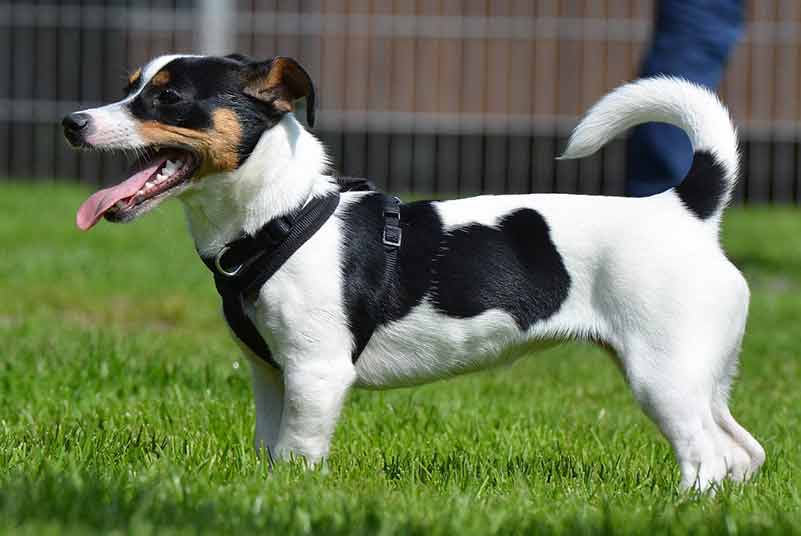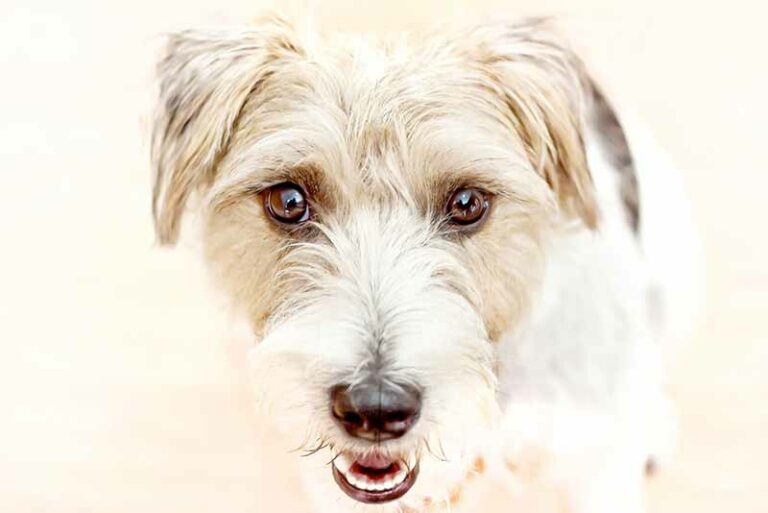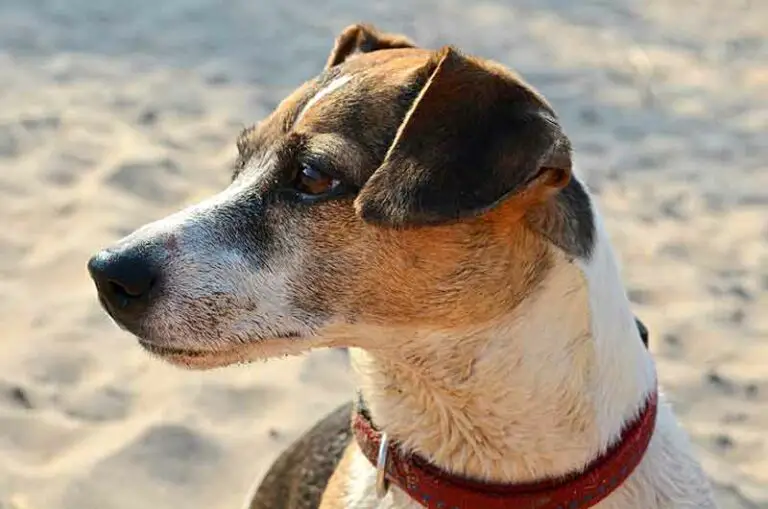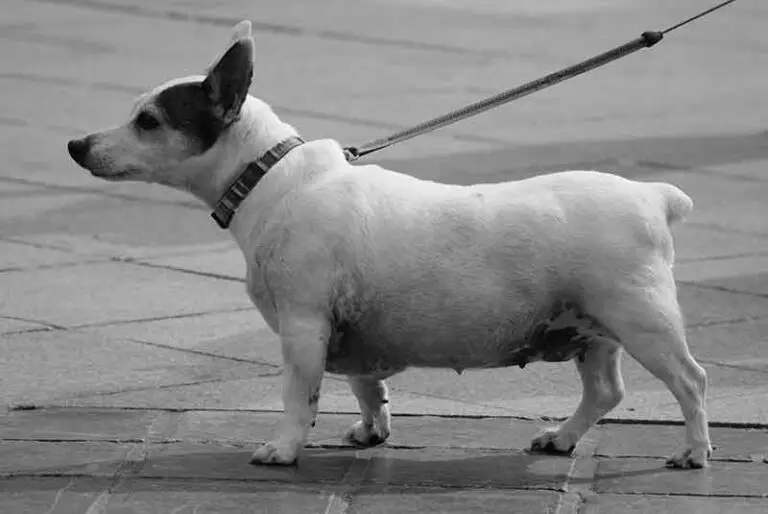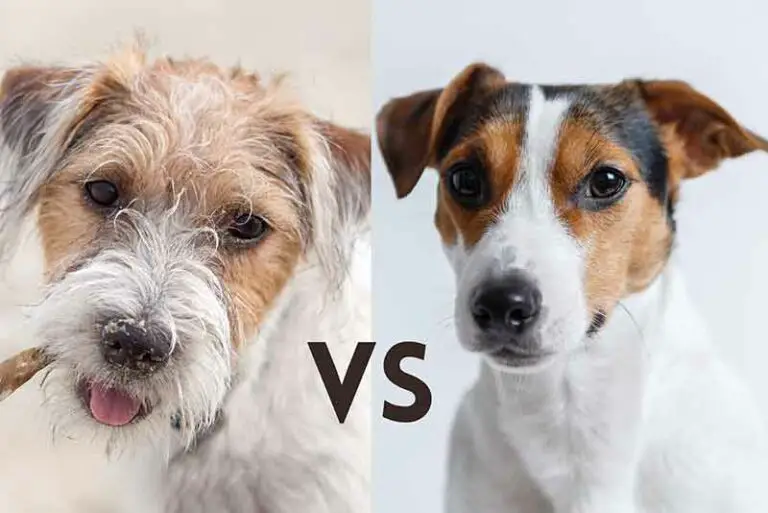Healthy Jack Russell Terrier’s Weight And Height
Jack Russell Terriers are small hunting dogs that first originated in England. They are known as an active, energetic, athletic, working dog breed that is famous for outdoor activities. Jack Russell is considered an aggressive dog that needs essential training to adapt as a domestic pet.
But after training, they’ll be a loving and affectionate dog for your family. Suppose you are a JRT owner or a person willing to adopt a JRT. In that case, you might consider the growth and size of JRTs since it is necessary to find out whether your JRT is healthy or not. In that sense, Jack Russell’s weight and height take a significant place.
To identify whether your dog is growing properly or healthy, you need to identify the average height and weight of a healthy JRT. By being aware of the average value, you may be able to measure your JRT’s weight and height and can follow the necessary steps to make him healthier.
So, what is the average height and weight of a healthy Jack Russell Terrier? As a JRT owner for two years, I’ll share my knowledge about JRTs with you regarding their height and weight. Accordingly, the average weight of a full-grown healthy JRT is 13-17 pounds, while the average value of a healthy Jack Russell height is 10-15 inches. These are average values and can be changed according to the condition of your dog.
By reading this article, you may be able to understand the average amount of healthy jack Russell weight and the estimated amount of weight that they have in separate ages. Then you may identify the average height of a full-grown healthy JRT and the way to measure it.
After that, let’s consider the factors that affect the height and weight of JRTs. Finally, I’ll provide you with some tips to maintain the growth of your JRT. If you are a JRT owner or a person willing to adopt a JRT, then this article may be supportive for you. So, keep reading!
Weight of a healthy Jack Russell Terrier
Jack Russell Terrier is a dog that is small in size, and therefore when adopting a JRT, many pet parents consider the healthy jack Russell weight. JRTs are very energetic and active dogs but are small in size.
As a JRT owner, I can share my experiences regarding the weight of JRTs following their sex and age. A fully grown healthy Jack Russell may have an average weight of 13-17 pounds.
A JRT is considered fully grown at the age of 8-12 months. However, this weight is an average value, and it can change according to the nature of your JRT.
When it comes to the full-grown male healthy jack Russell weight, it can be 12-17lbs, while full-grown female JRT may also have the same average of weight. However, the weight of a JRT can be separately mentioned according to their age.
You can identify whether your JRT is healthy or not by considering the average weight of them at each age. A one-month-old JRT puppy may weigh 2-3 lbs while 2 months old may weigh 4-6 lbs.
It gradually increases to 6-8 lbs when they are 3 months old and 7-10 lbs at the age of 4 months. 6-7 months old JRTs may have an average weight of 11-14 lbs while 8-9 months Jack Russells have 12-16 lbs. Then after 10 months passed up to 2 years, they may have an average weight of 13-17 lbs.
Please find out the weight of JRTs and compare it with the average weight mentioned according to their age. Then you can estimate whether your JRT is healthy and has the necessary weight and physical fitness.
If the weight is too much higher or lower than the recommended weight values, then get the support of the vet about the health of your JRT.
Height of a healthy Jack Russell Terrier
In addition to the weight, the next factor in measuring the health and growth of your JRT is height. As we already know, JRTs are not large dogs; they are small in size and have small legs.
Therefore, their height is also small value. The average value of healthy jack Russell height is 10-15 inches for both male and female full-grown dogs. This can be a bit different according to the growth and the nature of your JRT.
Most importantly, when measuring the height of your JRT, you should measure it accurately, and the correct method is measuring the height from the shoulder point of JRT to the ground.
Some have mistaken it as the height from the head top, and it is not the correct height. So, having a better understanding of the height of your JRT is important to measure their growth.
What are the factors that affect the weight and height of Jack Russell?
When considering the healthy Jack Russell’s height and weight, several factors affect their height and weight growth.
As JRT owners, you have to be concerned about those factors and identify them to care for your dog more affectionately. Here are a few common factors that affect the height and weight of JRTs.
1. Genetics
Similar to humans, dogs too have the impact of genetics in their growth. It won’t have negative impacts. But they affect the size, height, and weight of your JRT.
If your puppy JRT’s parents are small in size with less height and weight, then most of the time, your puppy also becomes a small-sized dog due to the impact of genetics from its parents.
2. Physical exercise
JRTs are a dog breed with excess energy, and therefore they need physical exercises to release that energy. If not, they become stressed and physically ill as well as overweight.
It can heavily affect their health conditions and maintenance of the average weight of the healthy JRT. Therefore, physical activities are so important for your JRT and his growth.
3. Nutrition
Foods with no nutritional value may make your JRT malnourished, and it affects the weight and height of your dog. Your JRT needs the essential nutrients for their growth, such as vitamins, minerals, and fatty acids.
Make sure to include food with those nutrients, and if not, your dog may face less weight and health matters.
4. Health matters
Suppose your JRT is having other health issues such as illnesses and disabilities. In that case, it also lowers the growth, height, and weight of your dog.
Some health matters stop the growth of a dog, and it can heavily impact the size and appearance of your pet.
Tips for maintaining the growth of your JRT
If you are a JRT owner, then you may have many considerations for the well-being of your dog. Among them, the growth and appearance of your JRT take a major place.
Many JRT owners consider the healthy Jack Russell height and weight since it worries them whether their pet is healthy or not. When your Jack Russell is healthy, you can observe a proper growth of them, and if they are not well and have illnesses, it affects their growth.
As a JRT owner, I have followed several steps to maintain the growth of my JRT, Shaggy, and I’m sharing some of them with you here. Try them for your JRT as well and observe their growth.
1. Healthy diet
A healthy diet with necessary nutrients is essential for a dog’s growth, and you should maintain a healthy dietary plan for your JRT.
Choose high-quality dog food products and supplements to make sure there is no negative impact from their foods.
There should be vitamins, minerals, fatty acids, and other necessary nutrients included in their diet. Excess food or lower food is not good for the health of a JRT.
2. Proper Training
Jack Russell is a dog breed that is considered active, energetic, and aggressive. They essentially need proper training to adapt as obedient domestic pets.
Therefore, training is a compulsory part of the JRT adoption, and training can impact the growth of JRTs as well.
It provides activities that enhance the physical fitness of the dog and keep them happy. It may positively affect the weight and height of your dog.
3. Necessary Exercises
Exercises play a critical role in the growth of JRTs and their height and weight. Jack Russell is a dog breed full of energy, and therefore they need physical exercise to burn and release the excess energy.
If not, they may get physically and mentally injured, which negatively affects their health and growth. You have to provide necessary exercise to your JRT and allow them to play outside and take them for walks.
4. Routine health care
JRTs need routine health care similar to humans, and you have to consider their regular health conditions, especially the care on the coat, worming, dental care, and flea-and-tick control.
To maintain the growth of your JRT, you have to pay more attention to these routine health conditions.
5. Personal veterinarian
Choose a good veterinarian for your JRT, and similar to your family doctor, keep him as the personal vet of your JRT. Take your JRT to the same vet and provide necessary medications by discussing with your vet.
Contacting the same vet will allow your vet to understand the condition of your JRT for a period, and it will support providing necessary health assistance at the right time.
Then if there are matters with the height and weight of your JRT, you can discuss them with the vet and can follow the treatments.
Conclusion – Healthy Jack Russell Weight And Height
Now, I think you have got a clear idea about the healthy jack Russell weight and height with the average values they should have. Then you know the factors that influence their growth, height, and weight.
I’ve shared some tips with you regarding the maintenance of the growth of JRTs, and you can follow them with your Jack Russell. So, as JRT owners, you have to be cautious about the growth and health of your JRT since it is an affectionate and loving family member of yours.
Thank you for reading this post. Stay tuned with Jack Russell Owner for more interesting posts about your favorite dog breed.
Cheers from Shaggy and Lenny!

